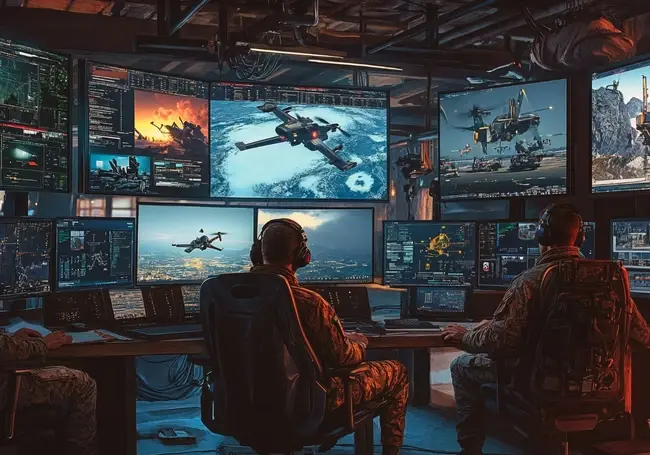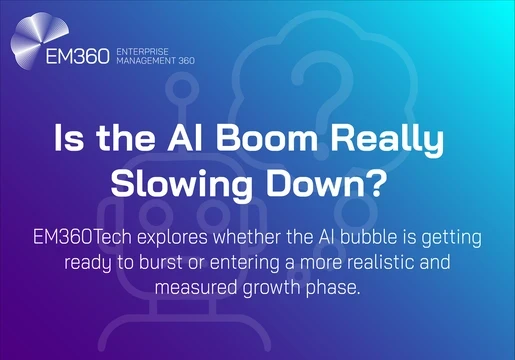This year has been big for artificial intelligence (AI) technologies and warfare. Now Ukraine, a war-torn country plans to advance on the battlefield with AI capabilities.
Amid the ongoing conflict with Russia, Ukraine plans to capitalise on the expansive data extracted from drone footage. This wealth of data will be used to train highly-powerful AI models.
Oleksandr Dmitriev, founder of OCHI, a non-profit Ukrainian digital system which centralises and analyses video feeds from over 15,000 drone crews working on the frontlines, told Reuters his system had collected 2 million hours, or 228 years, of battlefield video from drones since 2022.
Both sides have already been deploying AI on the battlefield, for instance, by scanning images or identifying targets.

AI Capabilities For Military Operations
The new AI capabilities will further help Ukraine to identify targets, and battlefield situations with higher accuracy and clarity. Advanced AI can also help execute complex military operations autonomously.
"This is food for the AI: If you want to teach an AI, you give it 2 million hours (of video), it will become something supernatural,” Dmitriev said.
He told Reuters that the footage can be used to train AI models in combat tactics, spotting targets and assessing the effectiveness of weapons systems.
"It is essentially experience which can be turned into mathematics," he says. “AI programs can study the trajectories and angles at which weapons are most effective.”
OCHI system dates back to 2022 which was aimed at providing overviews of battlefield locations.
The company centralised and analysed video feeds from over 15,000 drone crews to present a unified view of the battlefield on a single screen, providing real-time intelligence.
This helped commanders make informed decisions and carry out operations more effectively and precisely.
Valuable Vast Pool Of Data
Since the official launch of the system, the firm realised that the video being sent back by drones could prove useful as a record of the war – so they began to store it, Reuters stated.
On average, Dmitriev told Reuters that five or six terabytes of new data were added every day from the fighting.
Samuel Bendett, a senior fellow at the U.S.-based Center for a New American Security, told Reuters that such a vast pool of data would be extremely valuable in teaching AI systems to identify what exactly they are seeing, and what steps they should take.
"Humans can do this intuitively, but machines cannot, and they have to be trained on what is or isn't a road, or a natural obstacle, or an ambush," said Bendett.







Comments ( 0 )